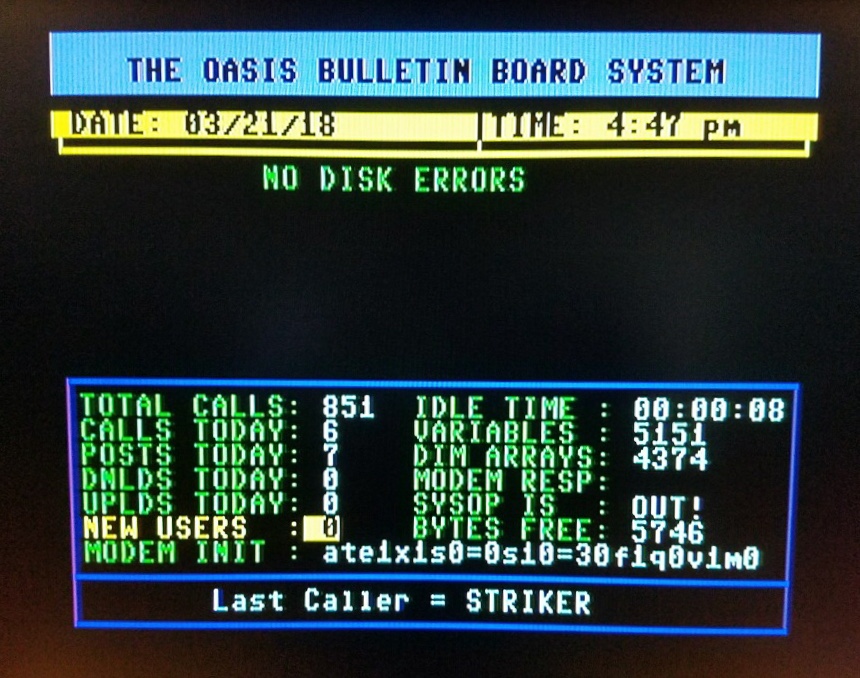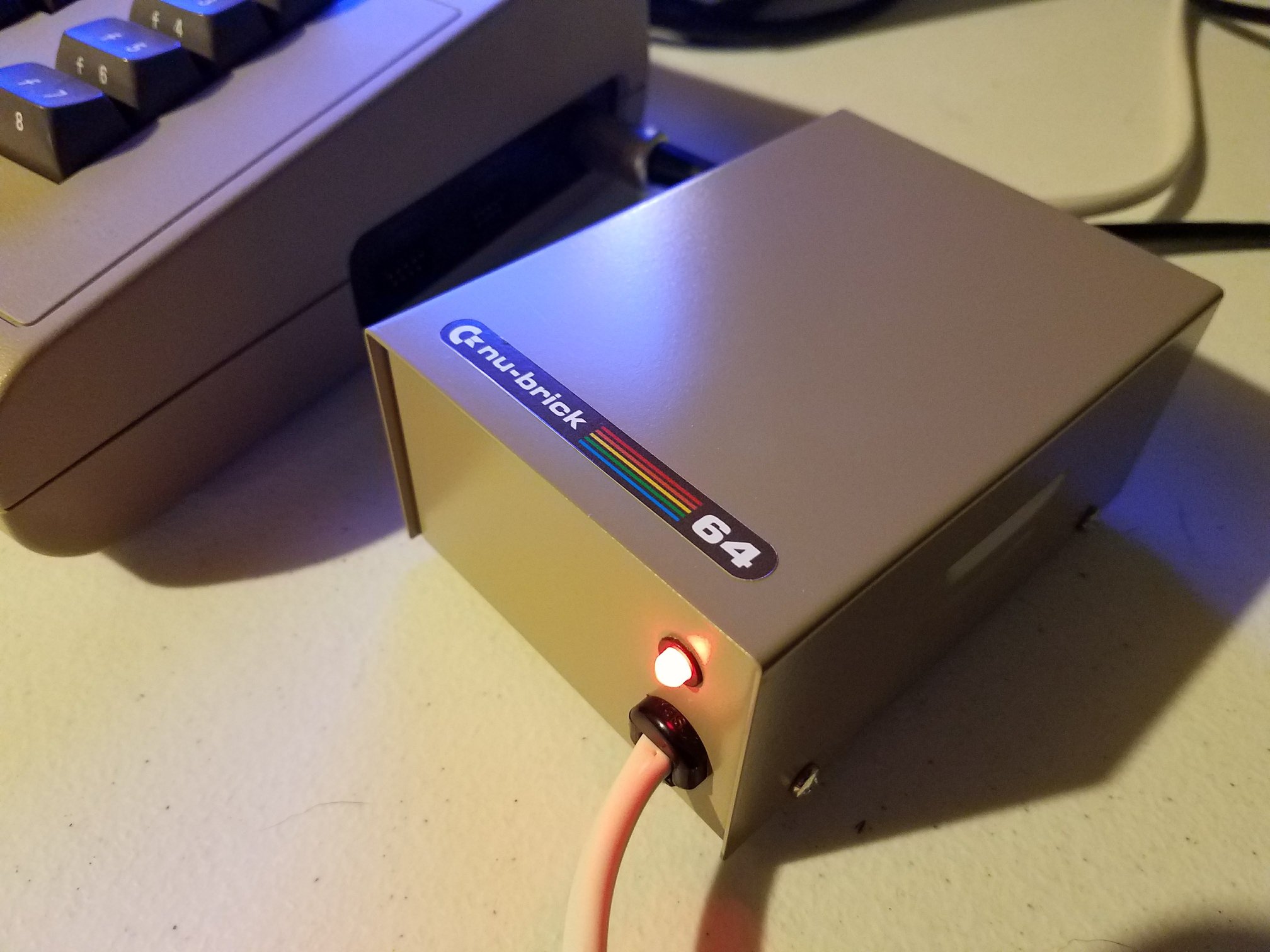In his latest deep-dive video, Piers Rocks introduces the Autonomous One ROM, an ambitious upgrade to his already popular ROM replacement platform. One ROM is built to replace vintage ROM chips like the 2364, 2332, and 2316 used in computers such as the Commodore 64, VIC-20, PET, Atari 800XL, and TI-99. The project’s new CPU-free byte-serving algorithm marks a major leap in performance and efficiency, making One ROM faster, cooler, and more flexible than ever.
Reinventing the ROM Replacement
One ROM has always aimed to be the most adaptable replacement ROM for classic systems. Built around sub-$2 microcontrollers, the hardware and software are completely open source, with boards that can be fabricated for under $10 each—or under $5 in larger batches.
It fits perfectly into the footprint of vintage ROM chip sockets without hanging over the edges and can emulate multiple ROMs simultaneously. For example, a single One ROM can handle the BASIC, KERNAL, and character ROMs in a Commodore 64. Users can store up to 16 ROM images, select them via jumpers, or switch dynamically while the system is running.
Now, with the Autonomous One ROM algorithm, Piers has taken performance further by removing the CPU from the byte-serving process entirely. Using the Raspberry Pi RP2350’s PIO (Programmable Input/Output) and DMA (Direct Memory Access) capabilities, the ROM can serve data independently, allowing the CPU cores to remain idle or handle other tasks.
How the CPU-Free Algorithm Works
Traditional One ROM versions used the CPU to serve bytes, but the Fire variant’s RP2350 microcontroller opened new possibilities. Its PIO state machines and DMA channels can read, process, and output data autonomously.
Piers explains that the system uses three PIO state machines and two DMA channels working together:
- State Machine 0 handles chip select signals.
- State Machine 1 reads address lines and prepares memory lookups.
- State Machine 2 outputs data bytes.
The two DMA channels handle data movement between these components, keeping everything synchronized without CPU intervention. Once initialized, the CPUs literally go to sleep, and the system continues operating on its own—an engineering feat that reduces power consumption and heat while increasing stability.
Testing shows remarkable results. On a Commodore 64, the new algorithm runs the character ROM at 51 MHz instead of 117 MHz and the KERNAL at just 41 MHz instead of 69 MHz. On a VIC-20, it can drop as low as 22 MHz, all while maintaining flawless performance.
Two Models, Two Approaches
One ROM comes in two main flavors: Ice and Fire.
- One ROM Ice uses an STM32F4 microcontroller. It supports all standard features, including multiple ROM images and dynamic switching.
- One ROM Fire uses the more powerful RP2350, offering dual cores and support for advanced runtime features like telemetry and on-the-fly ROM manipulation.
Both models come in USB and Pro variants. The USB model allows fast programming directly from a browser through One ROM Web, while the Pro version exposes SWD pins for programming with a Raspberry Pi Debug Probe, Pico, or ST-Link.
Even more convenient, One ROM can be reprogrammed in-circuit without removing it from the host computer—reducing socket wear and saving time.
Open Source and Expandable
The entire project is open source, with firmware written in C and hand-optimized assembly for speed. Supporting tools are built in Rust, with web versions compiled to WebAssembly for compatibility with modern browsers.
The system’s chip select lines are software-configurable, meaning users don’t need to change hardware jumpers or board layouts to match specific systems. Developers can customize, hack, or expand functionality directly through SWD access while the system is running.
With complete documentation, active GitHub discussions, and Piers’s frequent YouTube demonstrations, the One ROM ecosystem has become one of the most innovative and transparent projects in the retro hardware community.
Software Tools for Modern Convenience
One ROM isn’t just about hardware. One ROM Studio, a new cross-platform manager for Windows, macOS, and Linux, allows users to manage ROM images and configurations easily. For quick browser-based programming, One ROM Web lets users flash their ROMs in seconds on any PC, Mac, Linux, or Android device—no extra programmer required.
Together, these tools make One ROM accessible for everyone, from seasoned modders to first-time retro hobbyists.
Future Plans and Performance Insights
During testing, Piers discovered that the CPU-free approach not only improves performance but also enables future compatibility with faster 28-pin ROMs. He plans to revise the One ROM Fire hardware to make all necessary pins contiguous, unlocking support for 2316 ROMs and multi-ROM configurations.
He also hints at new uses for the Fire’s two idle CPU cores, suggesting future updates that may add even more runtime functionality.
For anyone interested in experimenting, One ROM ICE and limited Fire Pro units are available for purchase on his website. New production runs are expected soon, with additional updates and open-source releases to follow.
Conclusion
Autonomous One ROM is a major step forward in retro hardware engineering. By offloading byte-serving to PIO and DMA, Piers Rocks has pushed the RP2350 microcontroller to its limits—delivering unmatched performance and flexibility for vintage systems.
With its combination of affordability, open-source design, and modern software support, One ROM continues to redefine what’s possible for retro computing enthusiasts.







